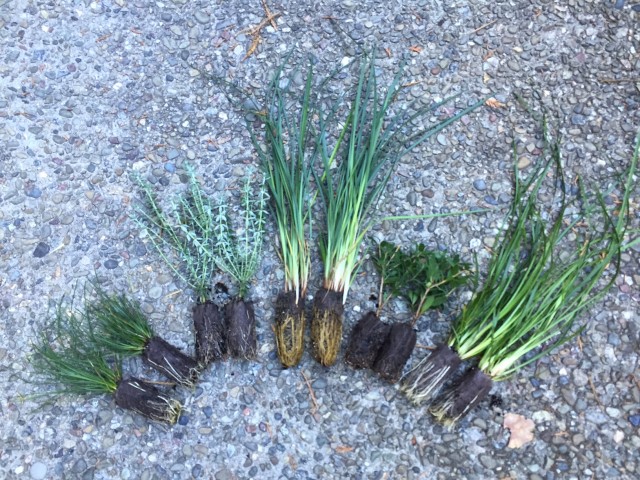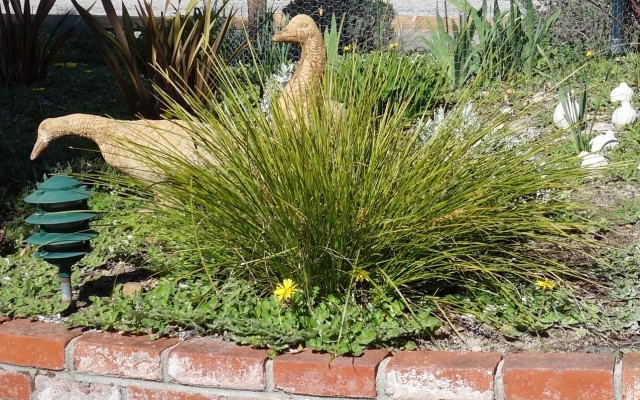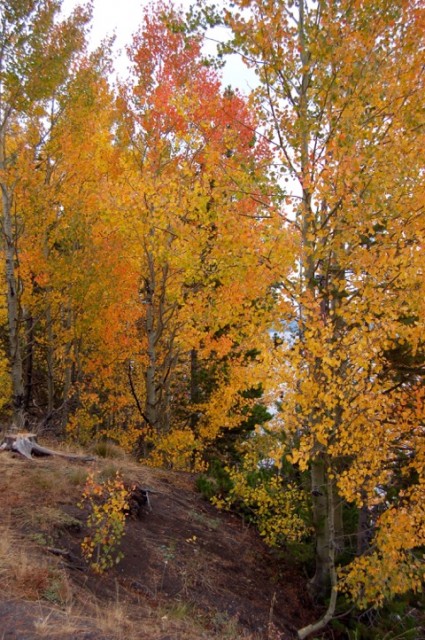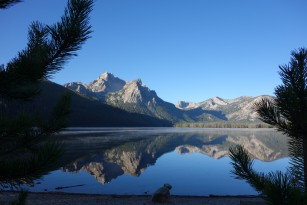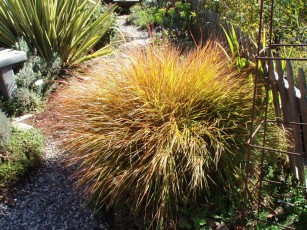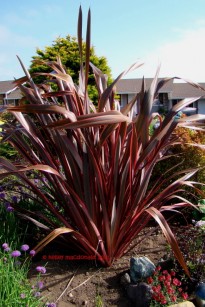
Some of us enjoy sitting in our gardens, relaxing and watching birds and other wildlife. Others grow fruit and vegetables and know their way around the kitchen. Whatever you like to do sometimes pests get in the way.
In my own garden recently I discovered my butterflyweed covered with yellow milkweed aphids. They?re not interested in any other plants just this one. Oleanders get this same sucking pest also. I?ve washed them off twice with a strong spray of water but must have missed a few as they are back. Unfortunately, I haven?t seen any monarch butterflies to help me with this problem. I?d rather not even use an organic pesticide to control the outbreak. It would harm any monarch eggs that I?ve overlooked.
With pest control on my mind this week, I received an email from fellow Press Banner columnist, Dr. Terry Hollenbeck. ?I thought of you when I found an article in an old gardening magazine?, he wrote. ?It?s ?The Home Gardener? and was published in September, 1945.?
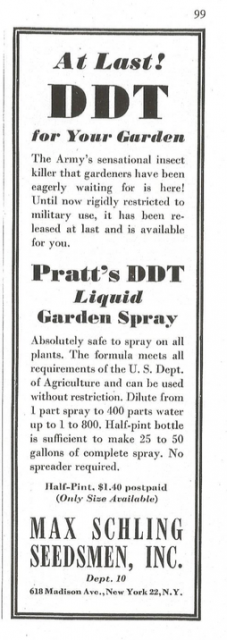
Dr. Hollenbeck scanned the pages from his own magazine and sent them to me. Terry goes on to note that the editorial about the new wonder insecticide DDT warns readers in 1945 to proceed cautiously with it. Then later in the magazine on page 99 in a half page ad there appears an advertisement for DDT, the ?Army?s sensational insect killer that gardeners have been waiting for?that is absolutely safe to spray?.
There has been a lot of research now on DDT and it?s effects on our bodies and that of wildlife. I was surprised when I Googled DDT that it?s still being used in the world and also found a published study debunking it?s adverse effects on raptors. Guess one can find statistics to support any argument if you look hard enough.
Here is what I found out about current use of DDT that I found interesting.
Back in 1972 the EPA (Environmental Protection Agency) issued a cancellation order for DDT use in the United States based on research showing adverse environmental effects to wildlife and potential human health risks. Studies have continued to show a relationship between DDT exposure and reproductive effects in humans and as a result, today, DDT is classified as a probable human carcinogen by U.S. and International authorities.
India is the only country now producing DDT. China and North Korea having discontinued production in recent years. 12 countries still use DDT for vector control of mosquitos and protozoa – the parasitic diseases of malaria, dengue and black fever which kill more than 800,000 people each year.
Many organizations are now promoting an integrated approach to mosquito and protozoa carried diseases. It?s not a DDT or nothing solution. Some of these organisms are developing a resistance to DDT and other chemicals. Like in our own backyards, you have to look at the whole picture. Successful programs to educate communities about non-chemical methods of control mosquitos are underway in many countries such as Vietnam.
DDT is known to be very persistent in the environment. It accumulates in fatty tissues and can travel long distances in the upper atmosphere. Because of its persistence, there is still concern for residues in the U.S.
Today nearly 40 years after DDT was banned in the U.S. we continue to live with its long lasting effects. According to the organization Pesticide Action Network, USDA found DDT breakdown products in 60% of heavy cream samples, 42% of kale greens and 28% of carrots. These breakdown products of DDT were found in the blood of 99% of people tested by the CDC.
Something to think about when I see all those mustard yellow aphids on my asclepsias. Maybe I?ll get the hose out one more time or rub them off with a gloved hand.

